Subscribe to our ▶️YouTube channel🔴 for the latest videos, updates, and tips.
Home | About Us | Contact Us | Privacy | Math Blog
Areas of Irregular Figures
Areas of irregular figures can be determined by dividing the figure into squares and rectangles.
Some irregular figures are made of rectangular or square regions. The areas of such irregular figures can be determined by calculating the areas of these rectangles and squares.
To find the area of a figure which is a combination of rectangles and a squares, we calculate the area of each figure separately and then add them to find total area.
Solved examples to find areas of irregular figures:
1. Find the area of the given figure:
Solution:
Area of a rectangle ABDC = 3 × 1
= 3 sq. cm.
Area of a rectangle EFGD = 2 × 1
= 2 sq. cm.
Therefore, Total Area = 3 + 2
= 5 sq. cm.
Area of the given figure = 5 sq. cm.
2. Find the area of the following figures.
Solution:
Area of the rectangle PQTU = 5 × 3 = 15 sq. cm.
Area of the square VRST = 2 × 2 = 4 sq. cm.
Total area of the figure = 15 + 4 = 19 sq. cm.
3. Find the area of the following figure.
Total area = Area of the rectangle ABGF + Area of the rectangle CDEG
= 8 × 2 cm2 + 2 × (8 - 2) cm2
= 16 sq cm2 + 2 × 6 cm2
= (16 + 12) cm2
= 28 cm2
Therefore, area of the figure = 28 cm2
4. Find the area of the following figure.
(i) We divide the figure into two parts.
PQRS is a rectangle of length 9 cm and breadth 5 cm.
Area of PQRS = 9 × 5
= 45 sq. cm
STUV is a square of side 3 cm
Area of square STUV = 3 × 3 = 9 sq. cm
Hence, total area of the figure = 45 + 9 = 54 sq. cm
5. Find the area of the figure given on the right side.
Total area = Area of the rectangle ABKL + Area of the rectangle EFGH + Area of the rectangle CDIJ
= 20 × 4 cm2 + 20 × 4 cm2 + 8 × 4 cm2
= 80 cm2 + 80 cm2 + 32 cm2
= (80 + 80 + 32) cm2
= 192 cm2
Therefore, area of the figure = 192 cm2
6. Find the area of the following figure.
Figure QTUV is a rectangle of length (5 cm + 5 cm = 10 cm) and breadth 2 cm
Area of QTUV = 10 × 2
= 20 sq. cm
PQRS is a square of side 5 cm
Area of PQRS = 5 × 5 = 25 sq. cm
Hence, total area of the figure = 20 + 25
= 45 sq. cm
7. Find the area of the given irregular figure.
Solution:
Area of the rectangle DEFG
= ℓ x b
= 7 cm x 3 cm
= 21 cm²
Area of the rectangle ABCG
= ℓ x b
= 7 cm x 3 cm
= 21 cm²
Area of the complete figure = Area of rectangle DEFG + Area of rectangle ABCG
= 21 cm² + 21 cm²
= 42 cm²
Worksheet on Areas of Irregular Figures:
1. Find the area of the given irregular figure.
Answer:
1. 17.225 cm²
2. Find the area of the given irregular figure.
Answer:
2. 14 cm²
3. Find the area of the given figure.
Answer:
3. 24 cm²
● Area.
To find Area of a Rectangle when Length and Breadth are of Different Units.
To find Length or Breadth when Area of a Rectangle is given.
To find Cost of Painting or Tilling when Area and Cost per Unit is given.
To find the Number of Bricks or Tiles when Area of Path and Brick is given.
Worksheet on Area of a Square and Rectangle
5th Grade Math Problems
From Areas of Irregular Figures to HOME PAGE
Didn't find what you were looking for? Or want to know more information about Math Only Math. Use this Google Search to find what you need.
Recent Articles
-
What is Area in Maths? | Units to find Area | Conversion Table of Area
Jul 17, 25 01:06 AM
The amount of surface that a plane figure covers is called its area. It’s unit is square centimeters or square meters etc. A rectangle, a square, a triangle and a circle are all examples of closed pla… -
Worksheet on Perimeter | Perimeter of Squares and Rectangle | Answers
Jul 17, 25 12:40 AM
Practice the questions given in the worksheet on perimeter. The questions are based on finding the perimeter of the triangle, perimeter of the square, perimeter of rectangle and word problems. I. Find… -
Formation of Square and Rectangle | Construction of Square & Rectangle
Jul 16, 25 11:46 PM
In formation of square and rectangle we will learn how to construct square and rectangle. Construction of a Square: We follow the method given below. Step I: We draw a line segment AB of the required… -
Perimeter of a Figure | Perimeter of a Simple Closed Figure | Examples
Jul 16, 25 02:33 AM
Perimeter of a figure is explained here. Perimeter is the total length of the boundary of a closed figure. The perimeter of a simple closed figure is the sum of the measures of line-segments which hav… -
Formation of Numbers | Smallest and Greatest Number| Number Formation
Jul 15, 25 11:46 AM
In formation of numbers we will learn the numbers having different numbers of digits. We know that: (i) Greatest number of one digit = 9,
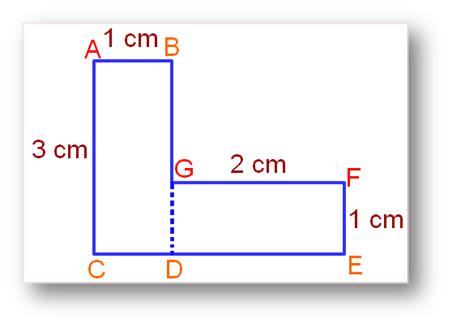
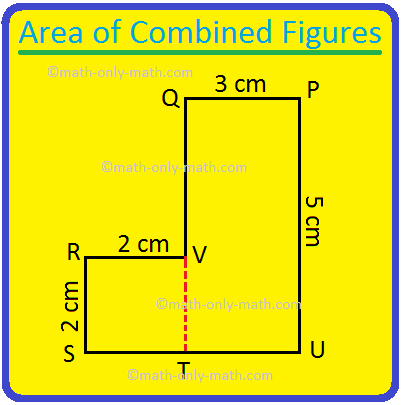
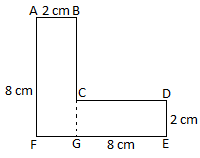
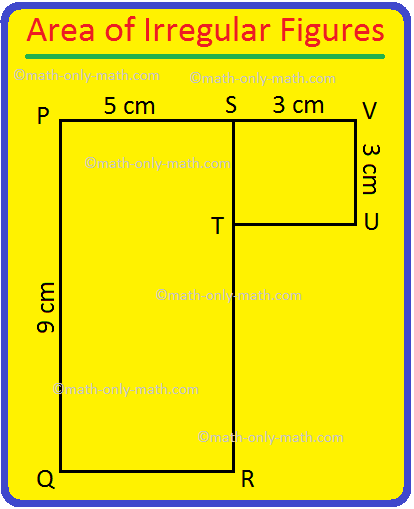
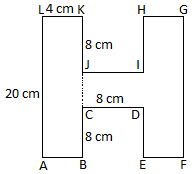


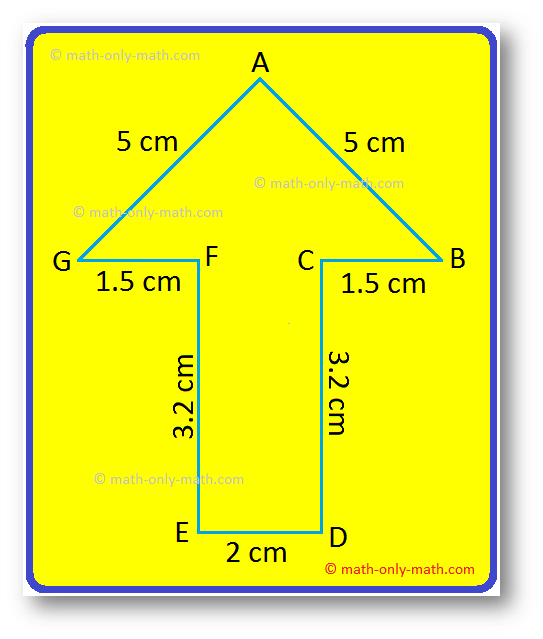
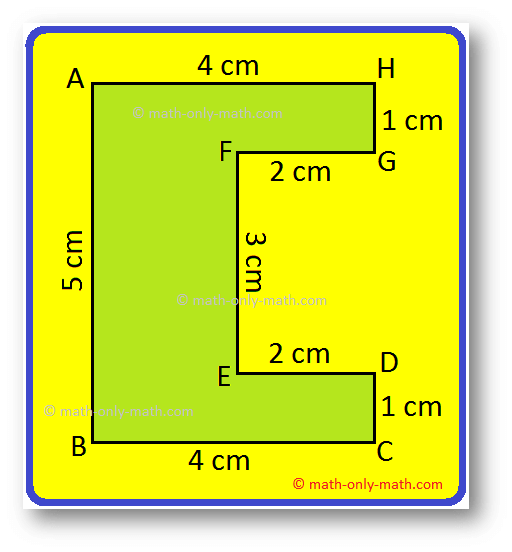
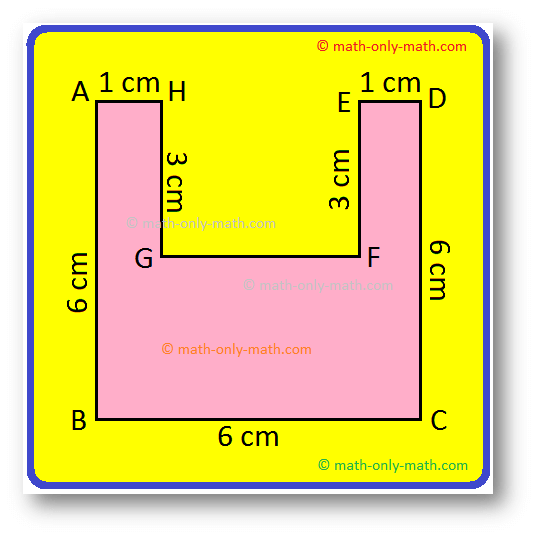
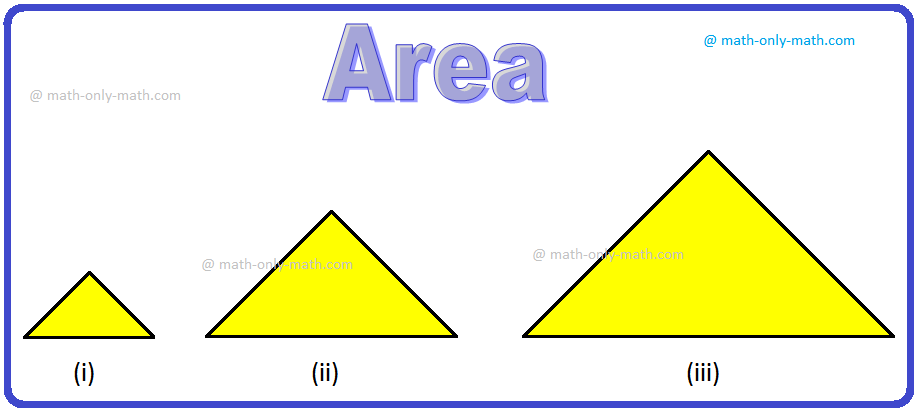
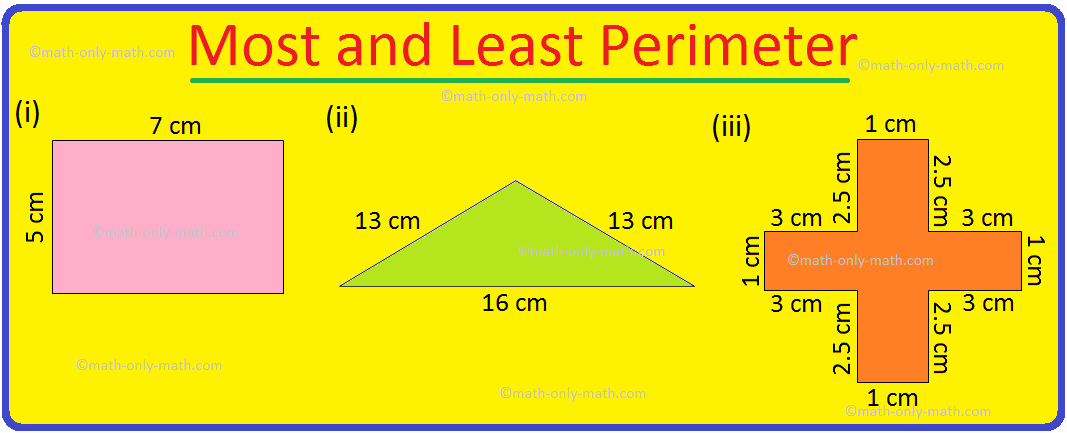






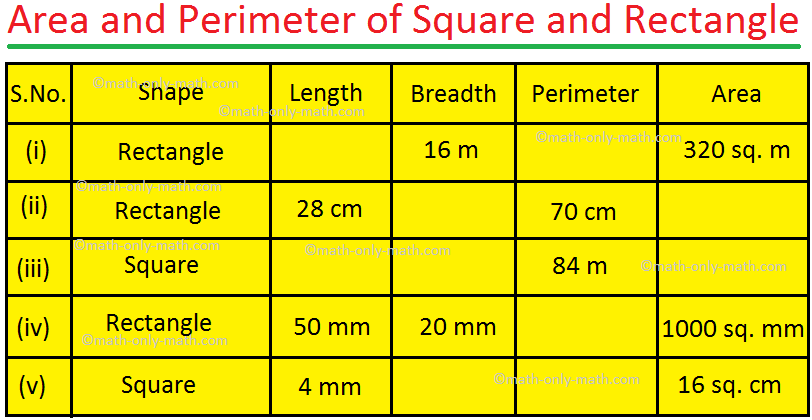

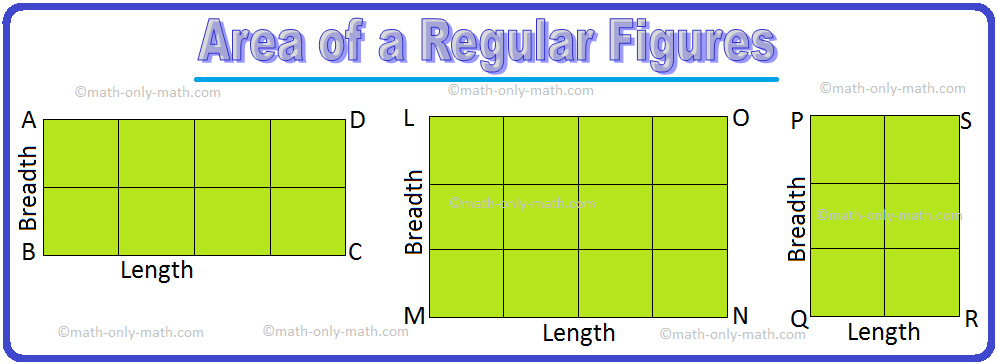

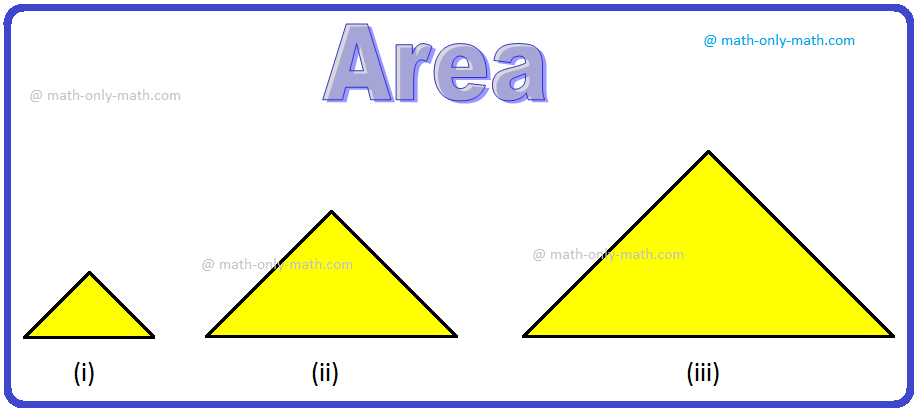
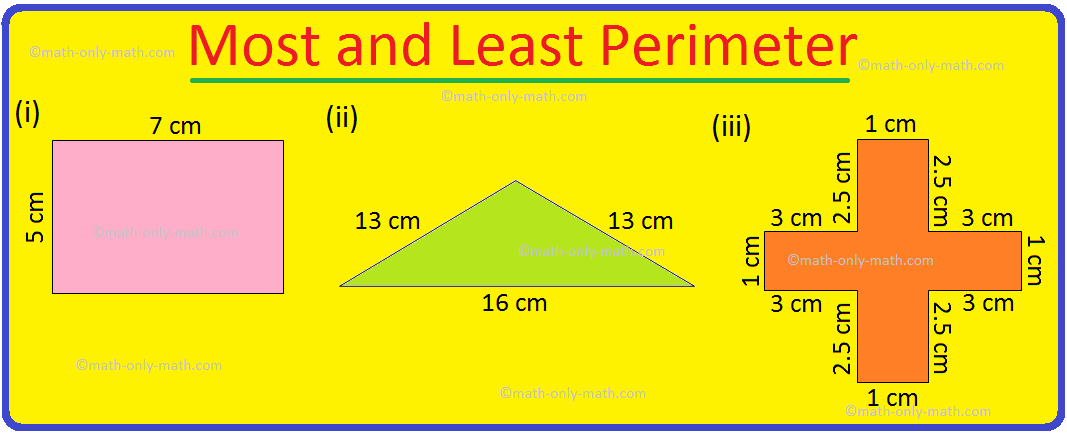
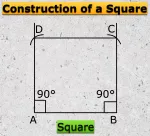
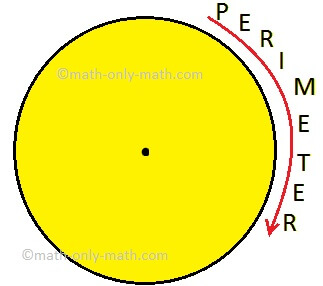
New! Comments
Have your say about what you just read! Leave me a comment in the box below. Ask a Question or Answer a Question.